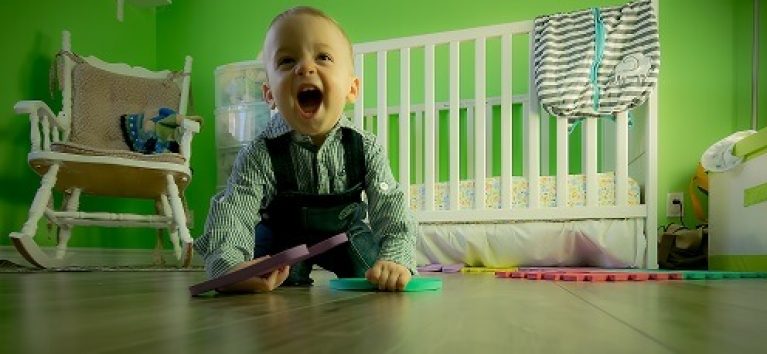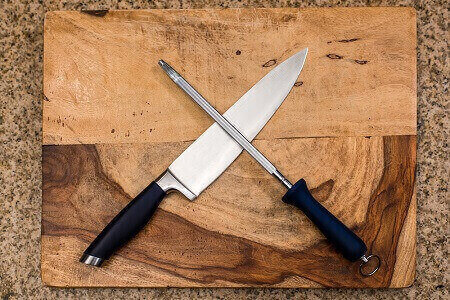
Similar Posts
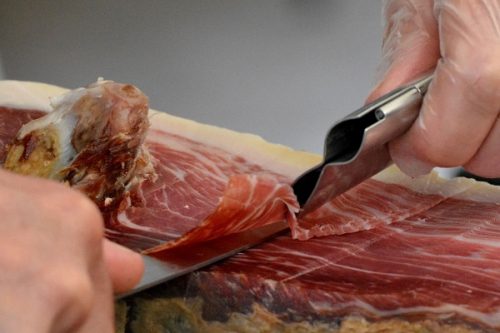
How To Properly Sharpen A Big Knife For Meat
When preparing for a barbecue, it’s common for you to prepare some meat for your guests…
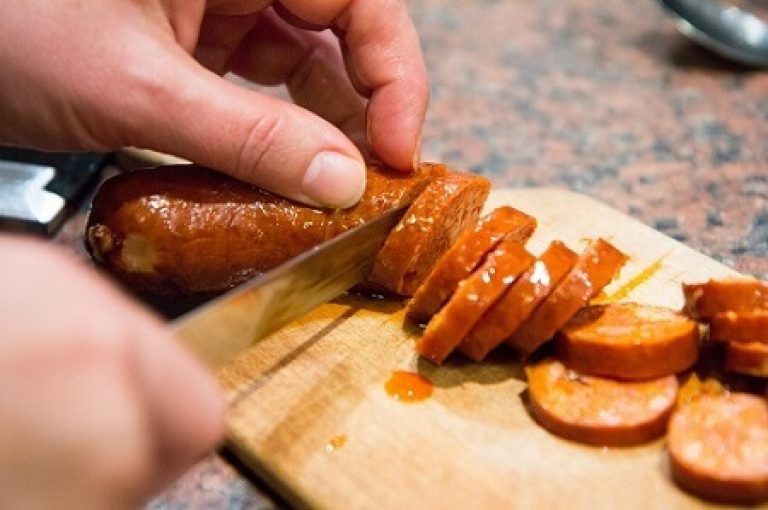
From The Pros: What Knives Do Chefs Use?
Most chefs have their unique style of cooking. They all seem to share one skill, though….
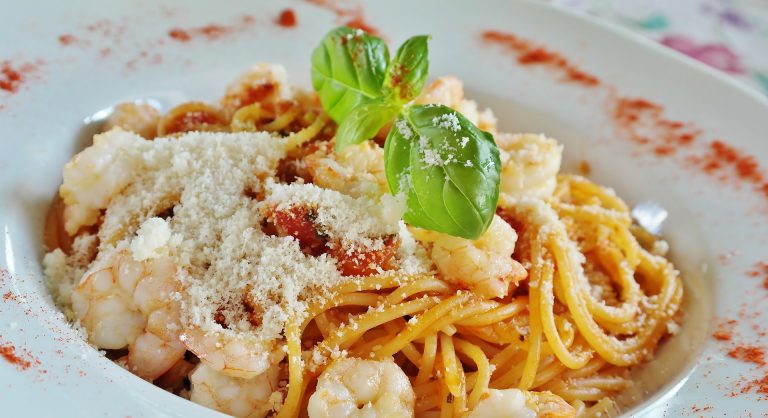
How Long Does Spaghetti Sauce Last In the Fridge?
Statista reports that about 3.42 million people consume spaghetti in 2017. The International Pasta Organization reports…
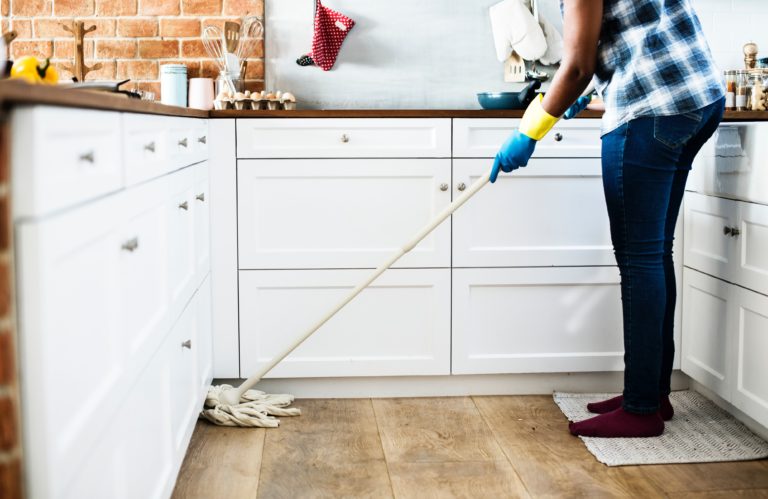
Habits That Will Keep Your Kitchen Clean and Organized
The kitchen can be considered as a sort of soul of the home. It’s where great…
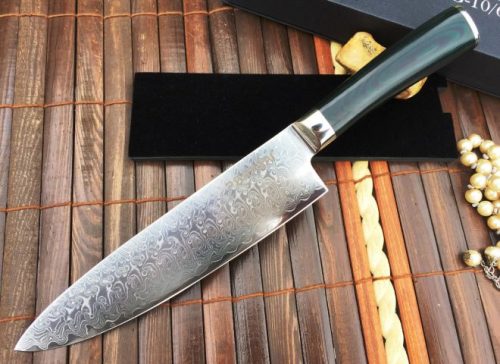
3 Versatile Knives that Deserve to be on Your Kitchen’s Benchtop
Love cooking? Now, that is an amazing skill set that very few possess! No cooking experience…

